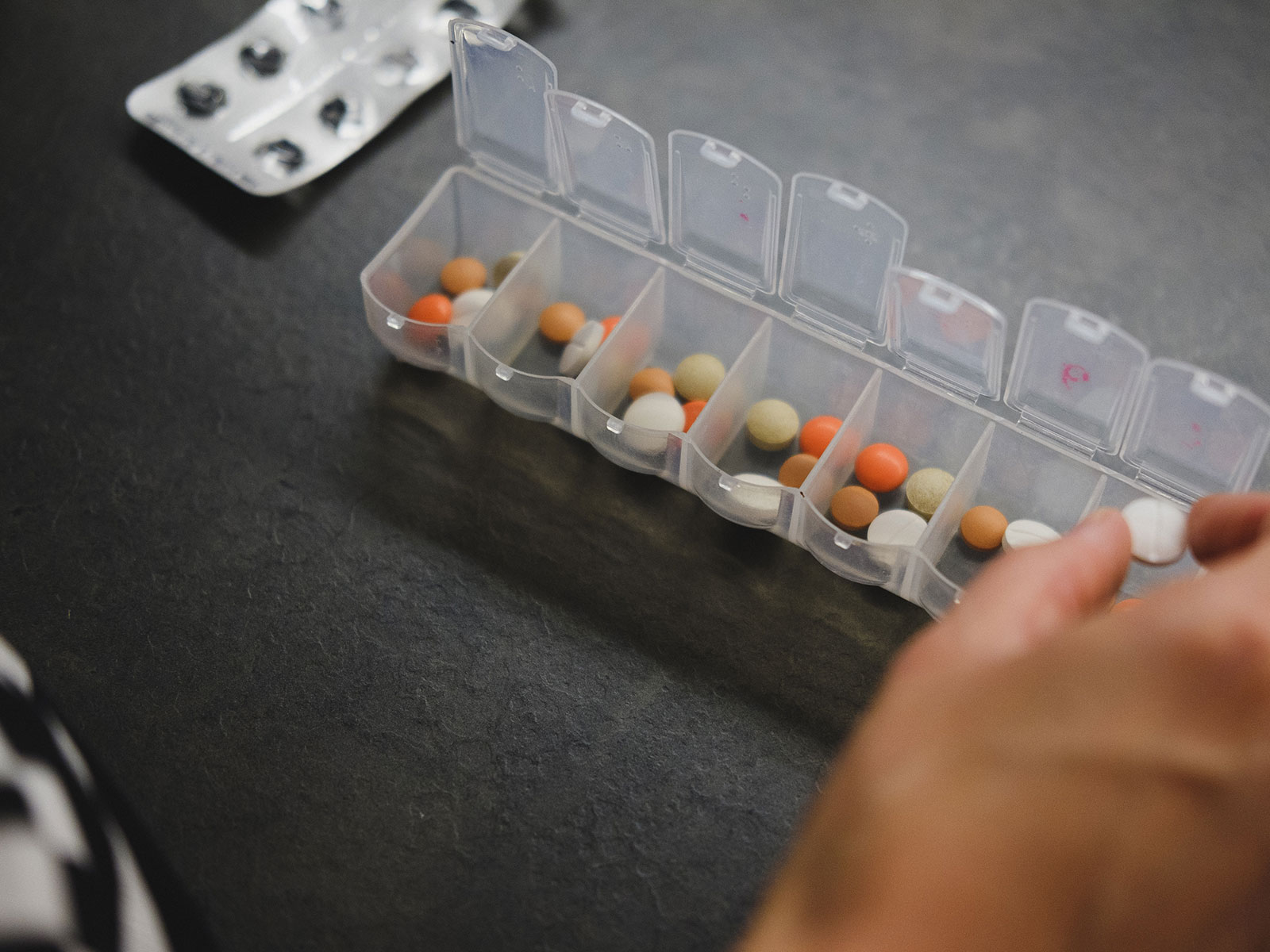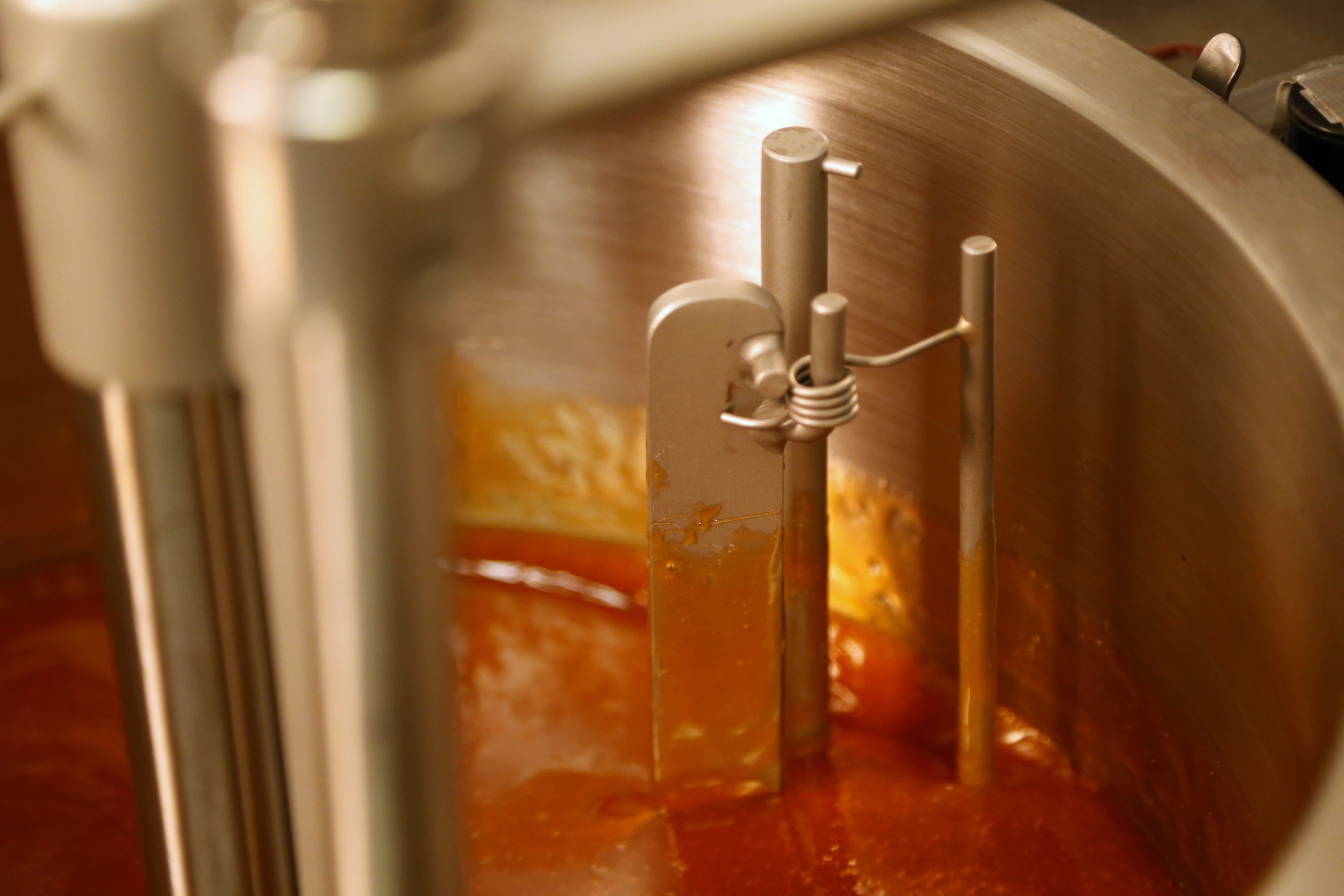Sarah from British Columbia understands what it means to hurt. She has Ehlers-Danlos Syndrome (EDS) and has suffered from severe chronic pain her entire life.
The incurable disease affects the connective tissue in every part of the body. Symptoms range anywhere from stretchy skin and hypermobility to debilitating musculoskeletal pain and arterial and intestinal fragility.
For most of Sarah’s life, doctors had no diagnosis for her condition. Her childhood was especially difficult. “I don’t remember me being a child and not having pain,” says Sarah. “I thought everyone had it.”
She suffers from a severe case of this hereditary disease. As a child, her joints dislocated easily, she experienced intense pain and suffered from intestinal issues. She also suffered from Raynaud’s, a restricting of the blood vessels.
Doctors told her not to play sports or do anything that could cause her harm. Even at a young age, she was determined to enjoy life and defy her illness and everyone else. “I’m kind of a type-A personality,” she says. “Especially if someone tells me I can’t do it, I’m going to show them.”

Through sports she found some pain relief and fell in love with figure skating, competing in Provincial Championships. “When I was moving my pain wasn’t as bad,” she says. “I could ignore the pain because I was focused on something else.”
But pain relief came at a risk. When she fell, her joints would easily dislocate. “I would dislocate ribs all the time,” she says. “My hips would pop out and I’d have to go to the chiropractor.”
Sarah’s mother found it difficult to watch her daughter go through it. “[My mother] had a lot of struggles,” says Sarah. “She ended up having a breakdown because I’d be up-all-night crying, and nobody was giving her any answers.”
Despite being quite common (around 1 in 2500 people have it) EDS is chronically under-diagnosed and Sarah’s doctors weren’t sure what was wrong with her then.
During one of their many visits to the hospital, doctors pulled Sarah’s parents aside. “They thought there were some abuse issues,” says Sarah. “I would have dislocated shoulders and be bruised everywhere. I was malnourished.”
She was sick, and nobody knew what was happening.

Throughout Sarah’s life, doctors prescribed any drug they thought might mitigate her pain. “They gave me everything. Like everything,” she says. “As a kid, you take what your doctor gives you. You don’t ask questions. Good thing I don’t have an addictive personality or really liked [opioids.]”
It wasn’t until after the birth of her first child, that doctors finally diagnosed Sarah with EDS. She was 28 years old and now had an understanding of why she was in pain but continued to struggle for eight more years.
Change finally came after the birth of her second child. She was 36 and her organs began to fail.
At any one time she was on a handful of prescriptions. One of those was Toradol, an anti-inflammatory. The powerful post-surgery drug is meant to be taken for a maximum of only five days. She took Toradol for 20 years.
Sarah had two kids, a husband, and a life worth living. She wanted many more years with her family. She wanted to see her kids grow up and wanted to grow old herself. But that wouldn’t happen if she continued to use her pain medications. She needed to find an alternative.
That’s when her Rheumatologist suggested cannabis.
Cannabis Changed Her Life
Managing pain with cannabis isn’t something Sarah had considered. For her, a severe social stigma surrounded the drug and it was a difficult barrier for her to breakthrough. She saw cannabis as something used only recreationally and it just wasn’t for her.
“I was an athlete growing up,” says Sarah. “And drugs were bad.”
She also had to consider how the people in her community would react if they knew she was taking cannabis. Her children are school age. How would other parents react? Would she continue to be taken seriously in her profession?
She wasn’t sure how it would affect her daily life either. Would it turn her into a munchie-loving couch-potato? Would her eyes be bloodshot all the time?
She had reservations but was out of alternatives. She could try cannabis or continue to manage pain with prescriptions which would slowly kill her from the inside.
She decided to try it, and the results were monumental. After tinkering with dosage, strains, and timing she discovered that cannabis wasn’t just working for her, it changed her life. Within two months of using cannabis as a therapy to help with her pain and symptoms of EDS, she stopped taking all her painkillers, anti-inflammatory, and sleep medications. Two years later and she still hasn’t taken any of those medications since beginning to use cannabis. Her organs are functioning properly again, and her prognosis improved.
“She needed to find an alternative. That’s when her Rheumatologist suggested cannabis.”
The effects that Sarah feels from using cannabis is both mental and physical with none of those stereotypical symptoms she had fears about before trying it. “It allows my nervous system to calm down so I can put my pain in perspective,” she says. “It clears my mind a little bit.”
“I don’t feel as overwhelmed with my pain,” she says. “It [cannabis] creates a little bit of stability and maintains a little more of a grounding sensation for me.”
She uses a 1:1 ratio CBD/Sativa in the daytime and a 1:1 ratio CBD/Indica at night.
With Sativa, she feels more focused and more alert. She can get tasks done all while remaining calm.
Sarah’s muscles have to work extra hard all day to keep her joints in place. By bedtime, she’s exhausted and finds it difficult to sleep.
“My body produces a lot of adrenaline to get me through the day. So I have a hard time turning that off,” she says. “When I take the Indica I feel more relaxed in my body. My muscles unspasm. The adrenaline starts to calm down a little bit so I can get ready for bed.”

For Sarah, there’s no more stigma attached to cannabis use. She broke through her earlier perceptions that cannabis is only for recreational use. More than that, she’s now an advocate and suggests cannabis as a therapy to anyone who suffers from pain.
But cannabis use is only a piece of her larger pain management strategy. She practices and teaches pain management yoga and pays careful attention to her diet. “My family eats pretty darn clean,” she says.
If there’s a silver lining in the chronic pain she’s suffered throughout her entire life, it’s that Sarah’s able to help others that are less adapted to a life with pain. Her story can help guide those who experience a debilitating disease or injury partway through life towards their own pain management strategy.
Sarah isn’t going to stop taking cannabis. She’ll continue to advocate and hopes her success story inspires others to be open minded about using cannabis as a therapy.
Did you like this article?
Sign up for our newsletter to make sure you're in the know about all of our new product releases, contests and more.






